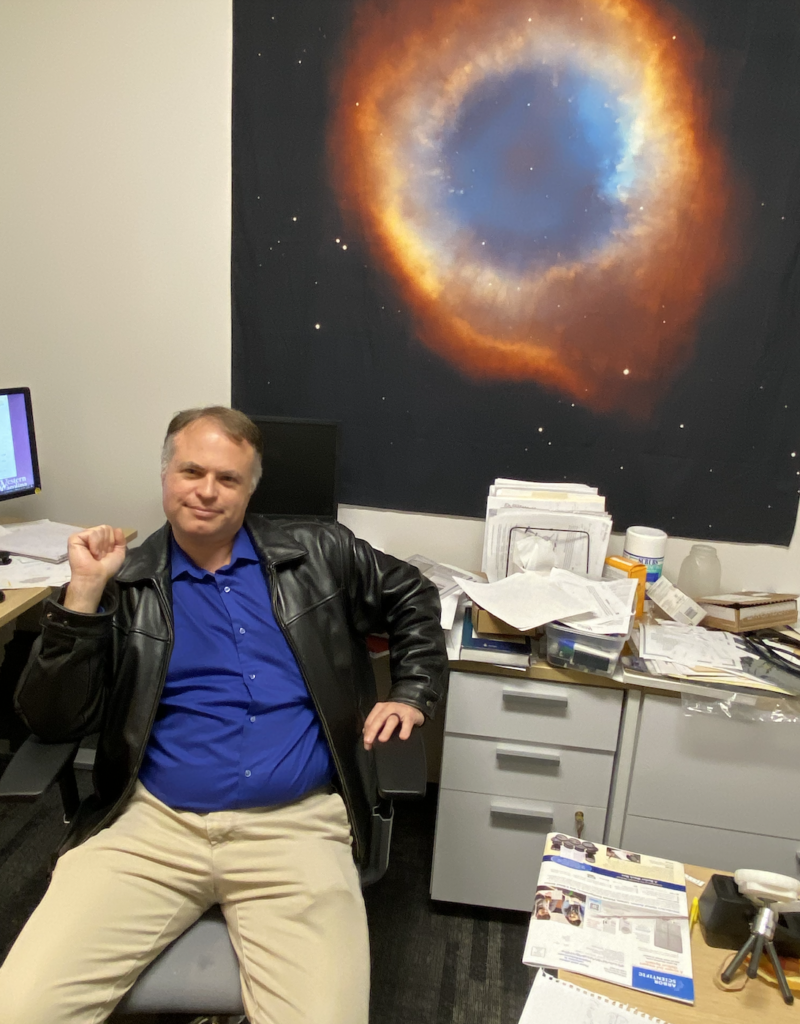
For many of us, we see astronomy as a complex topic to discuss and research. However, it can lead to incredible discoveries that are unfathomable. That is mainly what interests Dr. Enrique Gomez.
Gomez is an associate professor that teaches general physics and astronomy at Western Carolina University. Born in Mexico City, Gomez received a Bachelor of Science degree at the University of Santa Cruz. Then, he was awarded a master’s and doctoral degree at the University of Alabama.
According to Gomez, his interest in astronomy and all its aspects goes as far back as he can remember.
“I learned that the universe was accessible,” Gomez said. “That’s what made it happen to me. Even with a pair of binoculars, I could make astronomical observations that could be scientifically useful and valuable.”
Gomez mainly does research in astronomy education. He strives to figure out how to get over the “conceptual humps” of what exactly makes the universe, how big it is, and how it changes through time.
“I became interested in teaching others so I can help make it more accessible,” Gomez said. “Not only to help more people understand it, but it helps them to want to participate in these observations.”
At WCU, Gomez does not just conduct research by himself. He works with plenty of students who share his interest in astronomy.
Gomez is currently working with the American Association of Variable Star Observers (AAVSO), where they monitor the stars. This is where he helps amateurs make amazing contributions to science.
When it comes to the students Gomez teaches and works with, it does not matter to him whether they are tremendously skilled in astronomy or are complete amateurs.
“The point here is the universe is much bigger and the data out there is tremendous,” Gomez said.
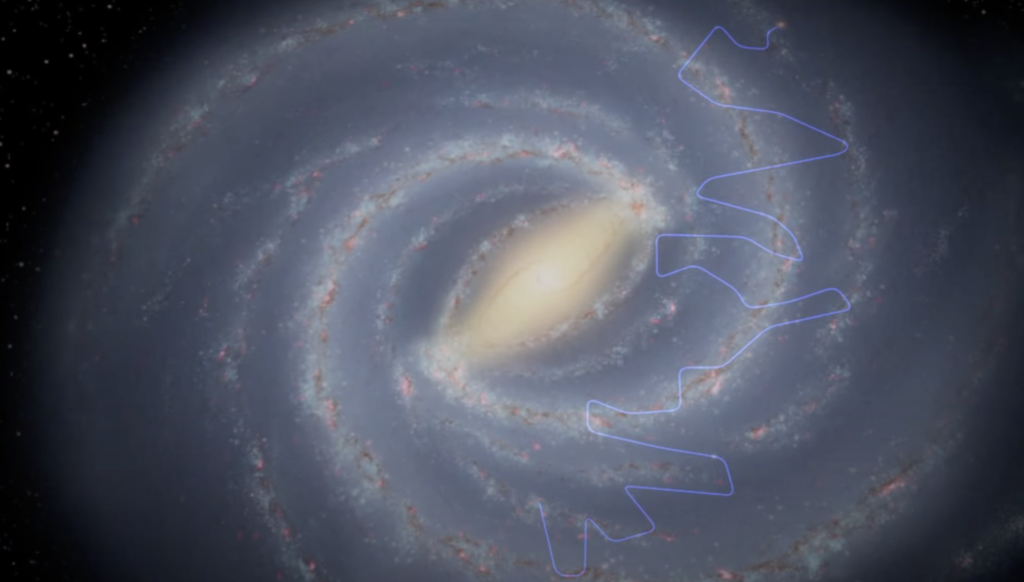
(Image courtesy of NASA.gov)
One thing he has done with amateur students is research on cosmic-ray radiation in the upper atmosphere.
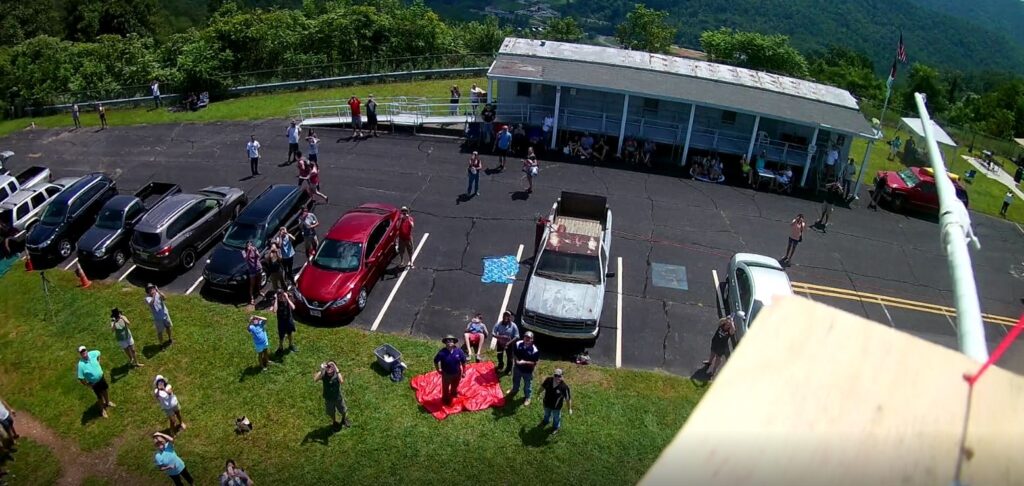
“Since 2012, we’ve sent a series of balloons to the stratosphere about 90,000 ft above the sea,” Gomez said. “Then we did measurements of cosmic-ray particles, which are produced by supernova explosions.”
They were looking for how many cosmic rays they got per second from outside the solar system. Gomez and his students wondered if the particles were related to changes in the solar cycle.
“I’m working right now with students to send a set of balloon experiments to the upper atmosphere to see how [the solar cycle] has changed since about six-to-seven years ago,” Gomez said.
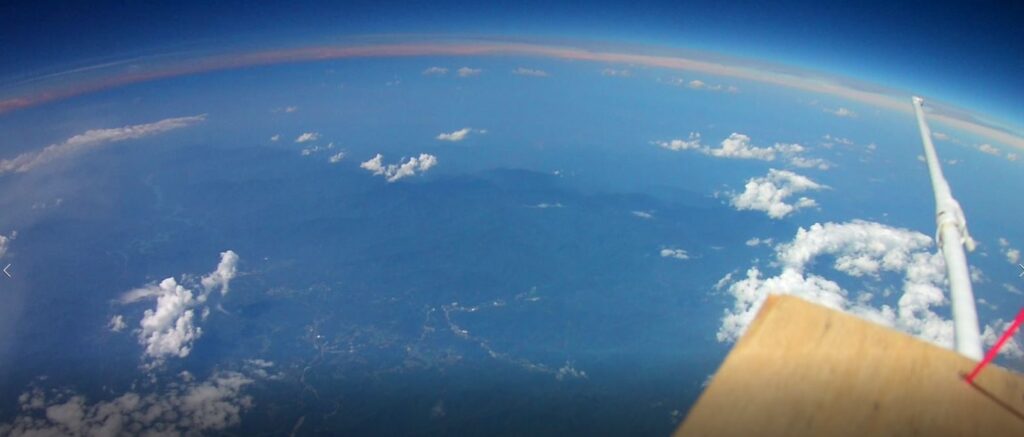
According to spaceweatherarchive.com, bigger cosmic ray particles can weaken the solar cycle. This could potentially weaken the magnetic field that protects us from cosmic rays.
If we lose our protective magnetic field, futurism.com says that Earth’s auroras (Northern and Southern Lights) could be altered in their appearance.
Also, according to Ranker, if our magnetic field can’t protect us any longer, the Earth’s features like oceans and green scenery could die. That is likely what happened to the planet, Mars, which is now described as a “dead planet” with “no substantial life.”
Gomez also says that our sun has most likely become more active than ever before.
“When the sun becomes more active the sun’s solar wind increases and pushes back against those cosmic rays. The cosmic rays are penetrating deeper in the inner solar system,” Gomez explained.
According to actforlibraries.org, when cosmic rays enter the Earth, they are absorbed in the ground. The higher the energy, the more it penetrates. This can be disastrous for astronauts that venture into outer space.
They could be exposed to harmful cosmic rays when they leave Earth’s atmosphere on a mission. The cosmic rays could damage our DNA, increasing the risk of getting cancer and other illnesses.
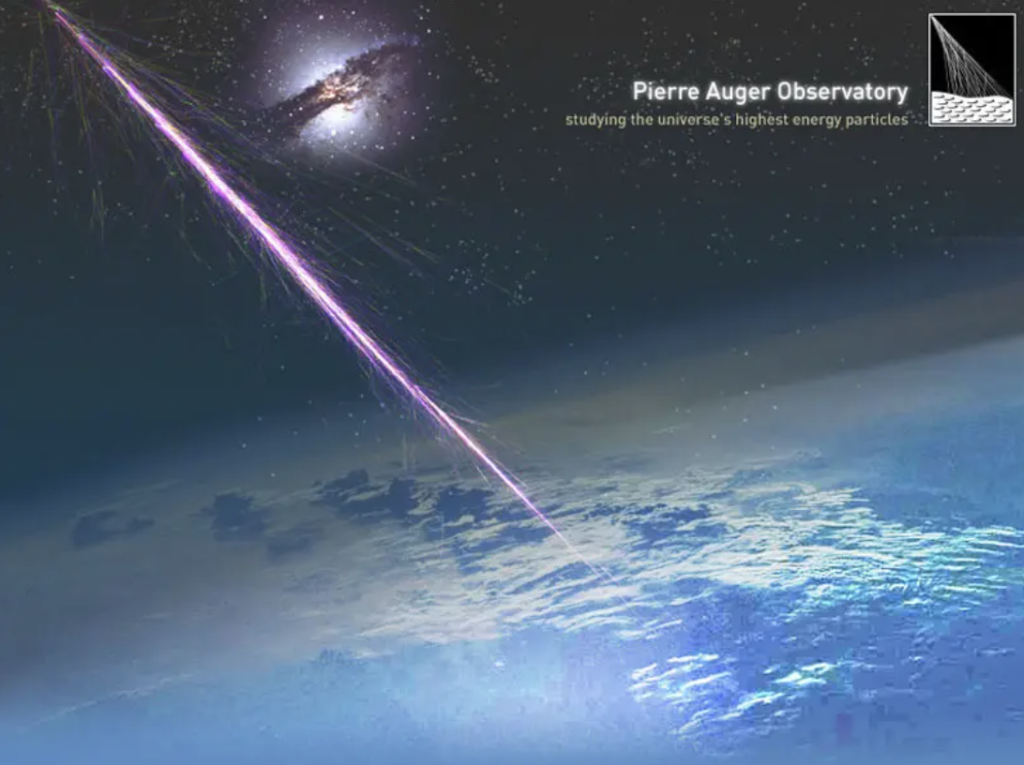
With these observations and new information collected, Gomez and his students now want to set up new experiments to observe new developments. To him, this would confirm the idea of the sun being more active right now.
“It’s a lot that professionals and amateurs can process, ” Gomez continued. “Sometimes, you need the help of amateurs to go out there, look at something interesting, and figure out what it can do.”


